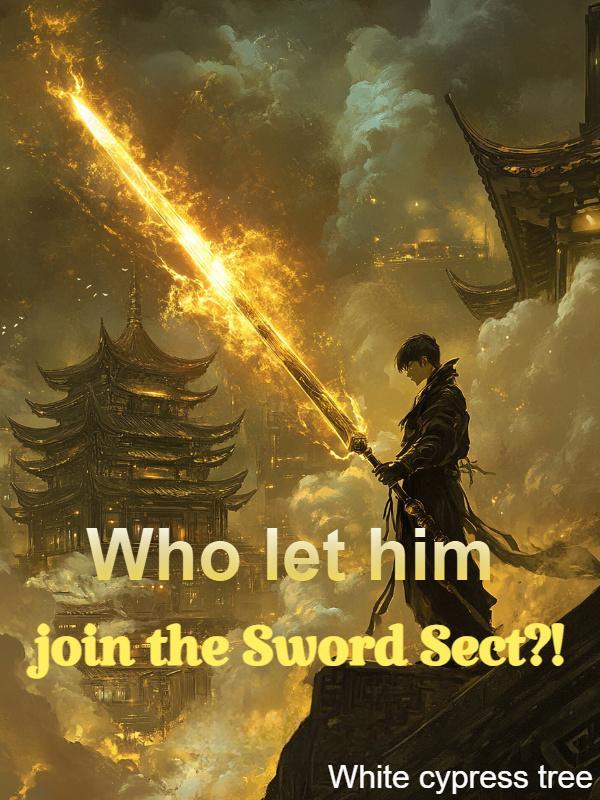Video Game Tycoon in Tokyo-Chapter 1035: The Performance of the New Machine
Chapter 1035 - The Performance of the New Machine
On stage, Yoichi Okawa was dressed in a white lab coat, resembling a mad scientist.
In his hands, he held a square-shaped gaming console.
"Everyone, I'm proud to officially announce Sorei Electronics' newest game console: codename PN. There's no number attached—because this marks a new beginning. A fresh start. A brand-new challenge."
Spotlights instantly converged on the console in Okawa's hands. The sounds of camera shutters snapped in rapid succession as journalists rushed to capture close-up shots and send them to their teams to publish the news as quickly as possible.
Online, news articles and discussions appeared almost immediately. Clearly, some media outlets had prewritten drafts ready to publish the moment Sorei Electronics revealed their console—though images and video would come later.
Players, meanwhile, were already buzzing with discussion.
"See? I told you Sorei would release their own next-gen console."
"Didn't they already release one before? The one with the AI chip, right?"
"Yeah, but that launch was clearly rushed. Even the name—'PSN'—was a dead giveaway. Sorei consoles always start with 'PN.' 'PSN' just screams last-minute patch job, thrown together because Gamestar dropped their new system first."
"Exactly. That console was a stopgap—a half-generation upgrade at best, launched just to keep up. Sorei didn't have enough tech ready at the time, so they released something mid-tier to stay in the race."
...
"So what's special about this console? I mean, the design does look nice, I'll give them that."
The machine in Okawa's hands was a flat, square-shaped device with a sleek black-and-purple color scheme. Several edge sections glowed faintly with breathing lights.
"I'm so happy to finally present this console to you all," Okawa said, clearly emotional. "Honestly, seeing this console finally come to life makes me want to cry. I've waited so long for this moment."
He then placed the machine on a platform in front of him.
At that moment, Sorei Electronics updated their official website with detailed specifications for the new console.
Its performance was around 1.2 times that of Gamestar Electronic Entertainment's current-gen console.
To put it in comparison: the specs were roughly on par with a PC equipped with an RTX 3080 and Intel 12700 CPU from Takayuki's original world.
In that world, that level of performance would cost around 7,000–8,000 yuan.
But in this world—where semiconductor development had progressed much faster—such specs were considered mid-range. They were solid for a game console: affordable, yet powerful enough to meet high visual standards.
And of course, it came with this world's unique AI computation chip, capable of tracking NPC behavior for hours in open-world games like GTA IV without repetition.
But that wasn't the main selling point.
"I'm sure many of you are already familiar with console specs," Okawa continued. "But what I want to show you now is something you may not fully understand yet. A feature unique to our new system—what we call: the 'Multiverse.'"
Multiverse?
Takayuki, watching the livestream from Gamestar's booth, perked up. ƒгeewёbnovel.com
Now that Sorei had returned to being a legitimate competitor, Takayuki made sure to keep a close eye on what they were doing.
"Multiverse" was an intriguing name. If they were using it, then it must be tied to some form of multiverse-related tech or functionality. But what kind? Takayuki felt like he was on the verge of remembering something, but it didn't quite come to him yet.
Back on stage, Okawa connected the new console, and its system interface appeared on the large screen behind him.
"This time, we completely rewrote our OS's foundational architecture," he explained. "We wanted this console to be capable of supporting what we call the 'Multiverse.' Please take a look."
He picked up a game controller—but then seemed to recall something and raised his hand again with a grin.
"Oh, and by the way—I almost forgot to show you this."
He held up a brand-new game controller. Its shape and design were noticeably different from previous PN-series controllers.
Earlier Sorei controllers had always felt a bit awkward in hand.
Industry professionals often complained they lacked ergonomic design.
Takayuki, coming from another world, paid special attention to ergonomics.
Back in his original world, the Xbox controller was the gold standard.
It was so well-designed that it was nearly impossible to improve upon. It had reached a level of perfection in form and feel that few other devices could match.
That's why in this world, Takayuki had invested heavily to design the most ergonomic controller possible.
His efforts paid off—Gamestar's current controller had even been awarded Best Product Design of the Year and recorded in this world's top design archives.
In his former world, Microsoft had reportedly spent over $100 million perfecting the Xbox controller's design.
And it was worth every cent—because it gave players an unparalleled experience and pushed the rest of the industry to care more about controller design.
Now, the controller Okawa held in his hands...
If you looked closely, it looked remarkably similar to Gamestar Electronic Entertainment's current-gen standard controller.







